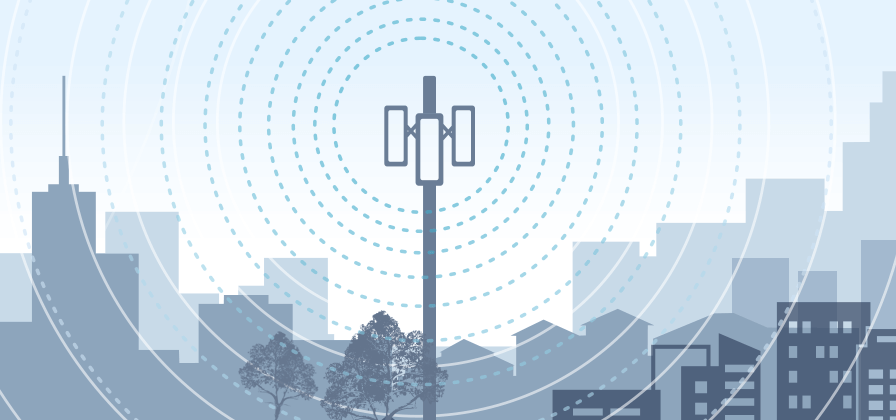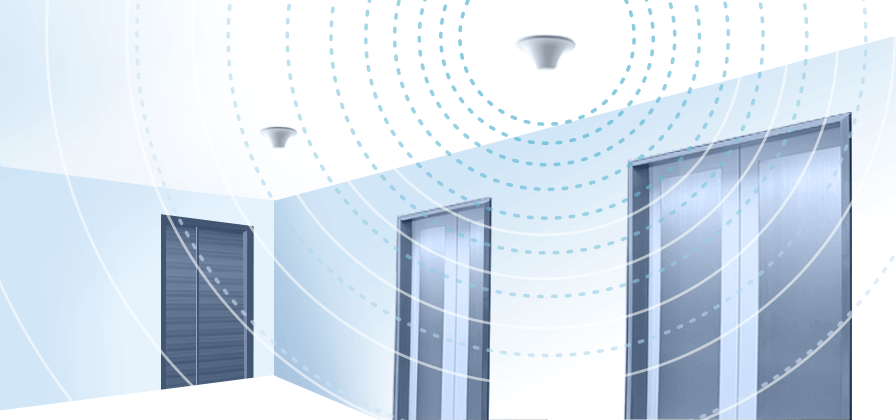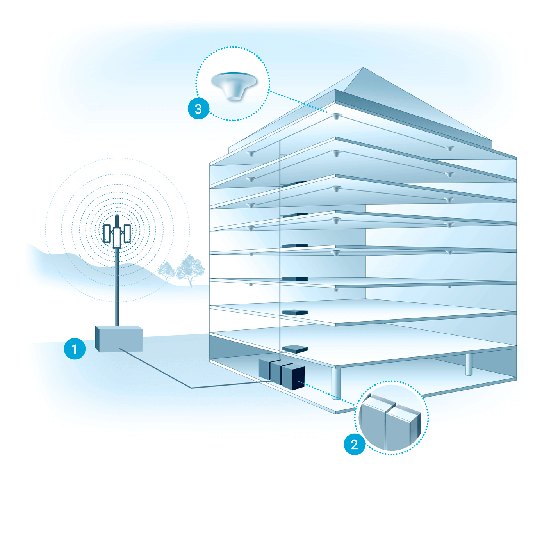In a wireless world, poor wifi & cellular signal is more than about convenience. Like electricity, plumbing and refrigeration, it’s now a modern necessity for us to connect to literally everything.
From phone calls, instant messaging, emails, high-speed data, streaming apps, and internet, any disruption can affect workflow, critical information, and professional reliability.
Think about the effects of poor cellular signal at home or work and the myriad of problems and helplessness that come with poor cell coverage & reception. Multiply that by the hundreds to thousands of people at a busy workplace or commercial venue… that’s a lot of inefficiency and thousands of lost hours.































